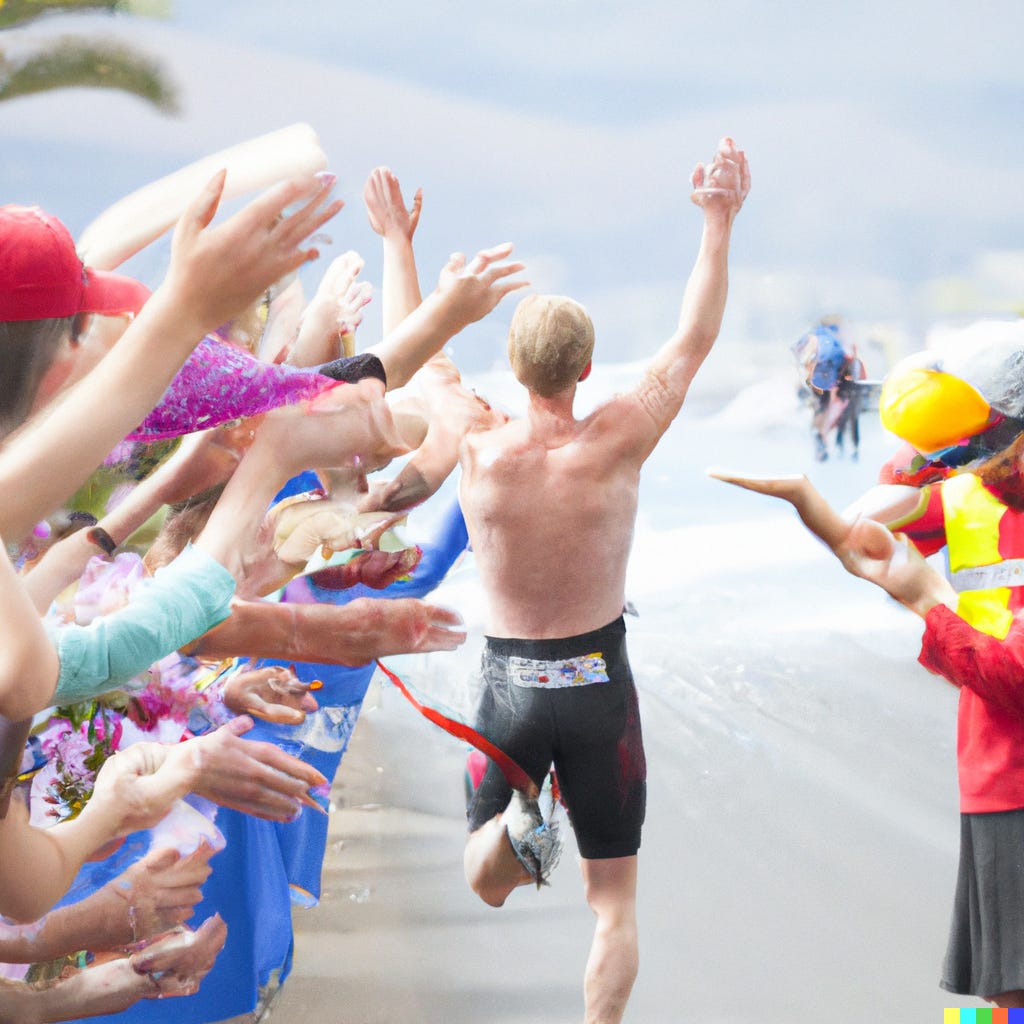Ironman: Why Long Distance Triathlons Are Being Disrupted

On the 9th of October 2022 Gustav Iden (Norwegian) won the Ironman World Championship in Kona. He broke the full course record and finished it in 7:40:24. He broke the run course record and finished it in 2:36:15. He’s 25 years old.
Sam Laidlow finished second. He broke the bike course record and finished it in 4:04:36. He’s 23 years old.
Kristian Blummenfelt finished 3rd. He won the same race the previous year and won the 70.3 Ironman world championships yesterday and the previous year. He’s 28 years old.
This year the Ironman world has been disrupted for good. It’s no surprise, looking at the times from the past 5 years, slowly but surely dropping under the 8 hour mark, and the kind of athletes who are setting these new times.
Explaining why disruption happens in Ironman is what I want to briefly describe below.
In 1978, the first Ironman took place. 15 participants, from which 12 finished the race and the fastest time recorded was 11:46:58. The whole community was small, and it remained so for a few years. It was niche. A few crazy guys took part in it and the same guys won over and over for almost 15 years.
Then, Ironman became more popular and athletes with running, biking, swimming or short distance triathlon backgrounds joined the show. They took advantage of that and outperformed the “older” competition. Expertise from all these fields was brought into Ironman training, times improved significantly, and a large variety of athletes started winning over the years. An incremental improvement of racing times could be observed. The overall level of competitors increased incrementally.
During that time people figured out that Ironman is a broad discipline were a lot of different skills can be beneficial and were a large variety of athletes have a chance to participate and be competitive. A lot of different types of athletes shot their shot, a lot of different training and competition approaches were tried out and as a result a lot of data could be collected to invent new or fine tune existing training and racing strategies.
Roughly 10 years ago new specialised Ironman athletes started to be formed, based on all the data collected since the invention of Ironman but also based on new approaches of training and racing in endurance sports in general. These athletes have secretly been in the making and are now starting to see the light and shine.
Gustav, Sam and Kristian are the result of this new generation of athletes. We can expect more of them to emerge in the coming years and take the overall level of performance at Ironman to new heights . It takes roughly 10-15 years to make it close to the top if everything works out. And the shape of the curve of the overall performance level within Ironman starting 10 years ago is a hockey stick. They are coming, watch out.



